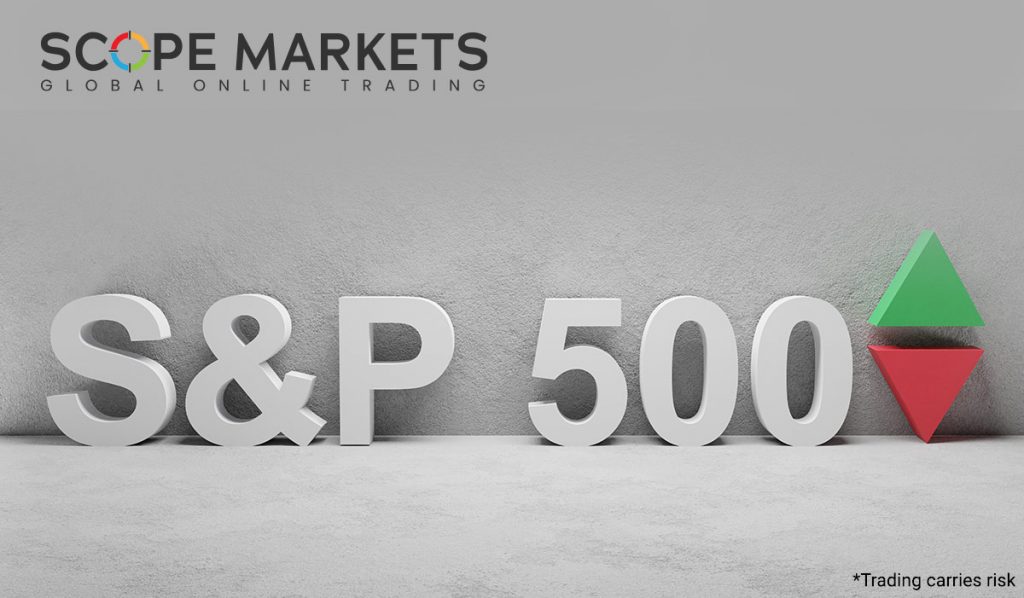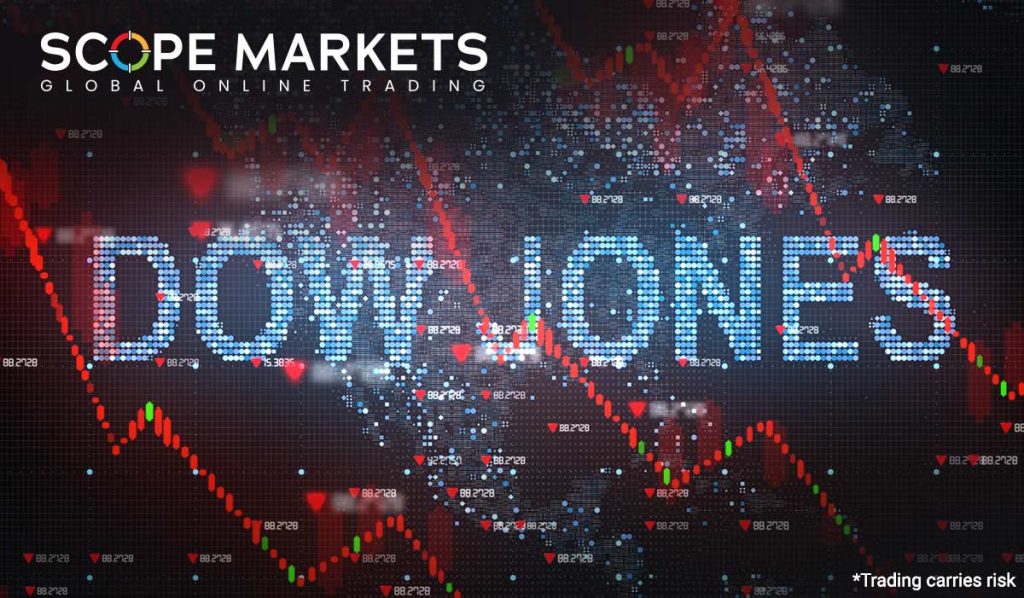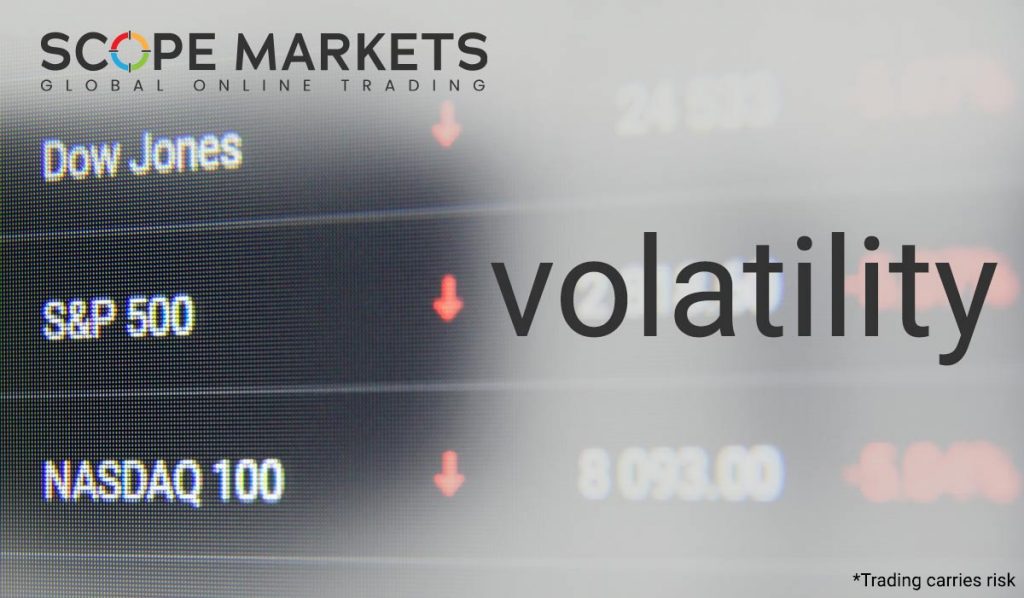What is the difference between the S&P 500, Dow Jones, and Nasdaq?

Table of Content
The market shareholders in the United States are generally more interested in indices such as the Nasdaq 100 index, DJIA or Dow Jones Industrial Average, and S&P 500 Index (Standards and Poor’s). These indices are much associated with one another. Since they check organizations affected by the similar trade cycle and diverse significant macroeconomic constituents.
Also, there are a few crossovers in the shares that are generally involved in the big 3. Say, the technology company Apple Inc. (AAPL) is a component involved in all 3. If we compare the indices, then there’s a significant difference between the S&P 500, Dow Jones, and Nasdaq. For example, the type and number of stocks included in each index and how values of the index are tax estimated.

S&P 500, Dow Jones, and Nasdaq- What’s the trading difference between these all?
Despite the strong connection between the key U.S. indexes, they each have their characters in how they trade because of the differing creation for every index and significance of specific organizations and groups of organizations. This important trading difference between the S&P 500, Dow Jones, and Nasdaq(Technical analysis) will make you effectively identify each of the indexes.

S&P 500 (Standards and Poors’ 500)

This index is the least affected every day by any sole stock provided it is then made of various names. With that stated, many segments have the most significance on the index.
The biggest active segment has modified across the years since different sections have underperformed or outperformed all through different business cycles. Say, in the 1970s the oil segment was the biggest, directing into the top of the two-thousand technology-bubble, previous to the crisis of 2008 it was Financials, and in 2018 it was IT, which values for a 26% weighting.
Dow Jones (DJIA)

The Dow, having only thirty shares, gets affected more by the individual stocks’ performance. It holds the top ten shares accounting for more than 50% of Dow’s worth. That makes it simple to find how it can be more affected by powerful price variations in only a few stock tickers.
NCI or Nasdaq Composite Index

The Nasdaq 100 (Nasdaq composite index) is wider than the Dow in a clear number of constituents. But the effect of a more petite group of shares is even more asserted. The leading shares in the Nasdaq 100 value for more than 50% of the indices. Hence, leaving ninety per cent of the indices to report under half of the indices’ value. This creates the index top-unstable and sensible to price changes in some stocks.
It’s worth seeing, the period of the year when you see the biggest difference between the indices’ weightings is all through the profit season every quarter. Because organizations declare their outcomes and reply with strong price changes.
The more focused Dow Jones and Nasdaq Index are generally recognized to have bigger overnight differences all through these times than the wider S&P 500 index.
Calculating S&P 500, Dow Jones, and Nasdaq Indices
As there is an important difference between the S&P 500, Dow Jones, and Nasdaq, these indices possess diverse calculations too.
The thirty stocks involved in the Dow Jones vary on times, the most recent extension was in 2020 when Honeywell, Amgen, and Salesforce entered, and Pfizer, Raytheon, and ExxonMobil exited. In its initial days, when it was composed of only twelve stocks, the Dow equalized the costs of those twelve stocks. The formula was then modified in the years to assess higher-cost shares in deep than lower-cost shares.
The S&P 500 index is also assessed by using a float-adapted market cap. That is signifying only the worth of shares present in the market is then calculated.
Example;

Nasdaq 100, such as the S&P 500 and the Dow Jones, employs a weighted process to assess its worth. It is then changed in a continuous way all over the day. But the worth considered at 4:16 p.m. ET is the worth of consideration for any provided day.
Working process of S&P 500, Nasdaq, and Dow Jones
Each index works somewhat in a different way.
Working of the S&P 500
Standard & Poor’s created the index S&P 500 in 1962. It shows the most comprehensive volume of the U.S. market between the 3 major indices. The value of the index is generally assessed by measuring each firm as per its market capitalization. After that, a divisor, which is usually fixed by S&P, and employed to make the ultimate value. The easy estimation is that the amount of the market capitalization of all shares involved is then separated by the divisor or market capitalization.
The S&P 500 follows five hundred big U.S. organizations across a span of companies and segments. The shares in the S&P 500 show approximately 75% of all publicly traded shares. Organizations can be generally listed over a single index. As well as some of the biggest organizations in the S&P 500 are also listed in the Dow Jones.
Working of Dow Jones
Dow is an abbreviated form of the Dow Jones Industrial Average. It is the very oldest stock index, dating backwards to 1896, and is a globally recognized index. The Dow Jones shows thirtyshares in large-cap as classified by theWall Street Journal (WSJ). Not like the index Nasdaq 100 as well as S&P 500, the worth for each component in the DJIA is then fixed by the stocks’ price. Later, a divisor can be used to prepare a final report.
Working of Nasdaq
The Nasdaq Composite or Nasdaq 100 index is one of the very up-to-date indices having started trading in 1985. It shows the biggest non-financial organizations registered on the Nasdaq exchange. Also, usually considered a technology index provided the heavy weightage to the tech-related organization. The Nasdaq 100 (NCI) index generally relies on the market cap of its parts.
The Nasdaq market index, called the Nasdaq composite, follows the approximately 3,000 organizations that are usually exchanged on the Nasdaq Exchange. This is significant as no different exchange has its common index. The Nasdaq composite is popular as it is generally accepted as a small pointer of how the tech segment and leading-edge companies, large and small, are managing.
Nasdaq 100, Dow Jones, and S&P 500- How these indices are different in volatility?

When we talk about volatility, the Dow Jones is generally the less subtle or volatile of the 3 major indices. Since various segments are slow-moving, the blue-chip firms like Boeing, 3M, and United Healthcare, and 3M. The Nasdaq 100 (NCI) index is very definite or volatile amongst the three. As its increased strength in riskier, top growth firms like FB, Alphabet (Google), and Amazon. The S&P 500’s volatility is generally between these two indexes.
Merging different indexes into a trading plan
Indices are not different from any other class of asset. Also, market partners use different kinds of analysis such as technical and fundamental methods to make their viewpoints. Long-term stockholders oftentimes put vital importance on basic analysis, whereas short to quick-term traders (involving day-traders) tend to keep a huge emphasis on technical review.
There is a single character that is different from equity indexes. A huge preponderance of market members are running the stock market in a single form or different, also, drops tend to open much quicker than rallies as the doubt factor is linked with impairments. This directs to increased volatility levels when there is doubt and reduced volatility levels when the market is positive about increasing prices.
One feature is unique to stock indexes. The vast majority of market participants stay in the stock market in one form or another, so due to the fear factor associated with loss, declines tend to develop faster than rises. When there is uncertainty, this leads to higher volatility, and when the market relies on price increases, volatility decreases. Tracking this change in volatility is the CBOE Volatility Index (VIX), which is often referred to as the “fear indicator” because it tends to rise when fear rises (market downturn) and when fear dissipates (market rises) decline. For short-term traders looking for volatility, this makes uncertain times usually richer opportunities.
Example;

Volatility increases and decreases on market condition
For swing traders and day-traders centred on short-term cost variations, there is one more aspect that takes out equity indexes from different asset classes. Because when the exchanges are formally introduced for business, there’s a final day gathering not like that in exchanges, which are trading twenty-four hours.
Equity markets of the US are generally open at 13:30-20:00 GMT. Also, this is when a huge volume trades in stocks and index futures. This creates this particular period as the much liquid time of the day. As well as can be a benefit in the sense of having a fixed time of day in which to exchange or trade the market. Index futures of the US trade often round the clock such as currencies. But sharing is very rare out of trading hours.
Summary- The difference between the Dow Jones, S&P 500, and Nasdaq 100
Hence, by knowing all the key differences between the S&P 500, Dow Jones, and Nasdaq 100, you may make your investment very effective and be able to earn potential profits’
When you see the news at the day trading’s end, you tend to reach the S&P 500 index. If you have an interest in technology, then you will be more interested in the Nasdaq index.
The Dow Jones will be the key index employed in the news and many common market analysts. It is the best recognized, and in reality, it is best to work in that position.
References: https://www.fool.com/investing/general/2014/07/08/whats-the-difference-between-the-dow-the-nasdaq-an.aspx
https://www.dailyfx.com/sp-500/differences-between-dow-nasdaq-and-sp-500.html
https://www.thebalance.com/the-sandp-500-nasdaq-dow-jones-what-is-this-stuff-453745
Disclaimer: This material is a marketing communication and shall not in any case be construed as an investment advice, investment recommendation or presentation of an investment strategy. The marketing communication is prepared without taking into consideration the individual investors personal circumstances, investment experience or current financial situation. Any information contained therein in regardsto past performance or future forecasts does not constitute a reliable indicator of future performance, as circumstances may change over time. Scope Markets shall not accept any responsibility for any losses of investors due to the use and the content of the abovementioned information. Please note that forex trading and trading in other leveraged products involves a significant level of risk and is not suitable for all investors.







